
Lot 151
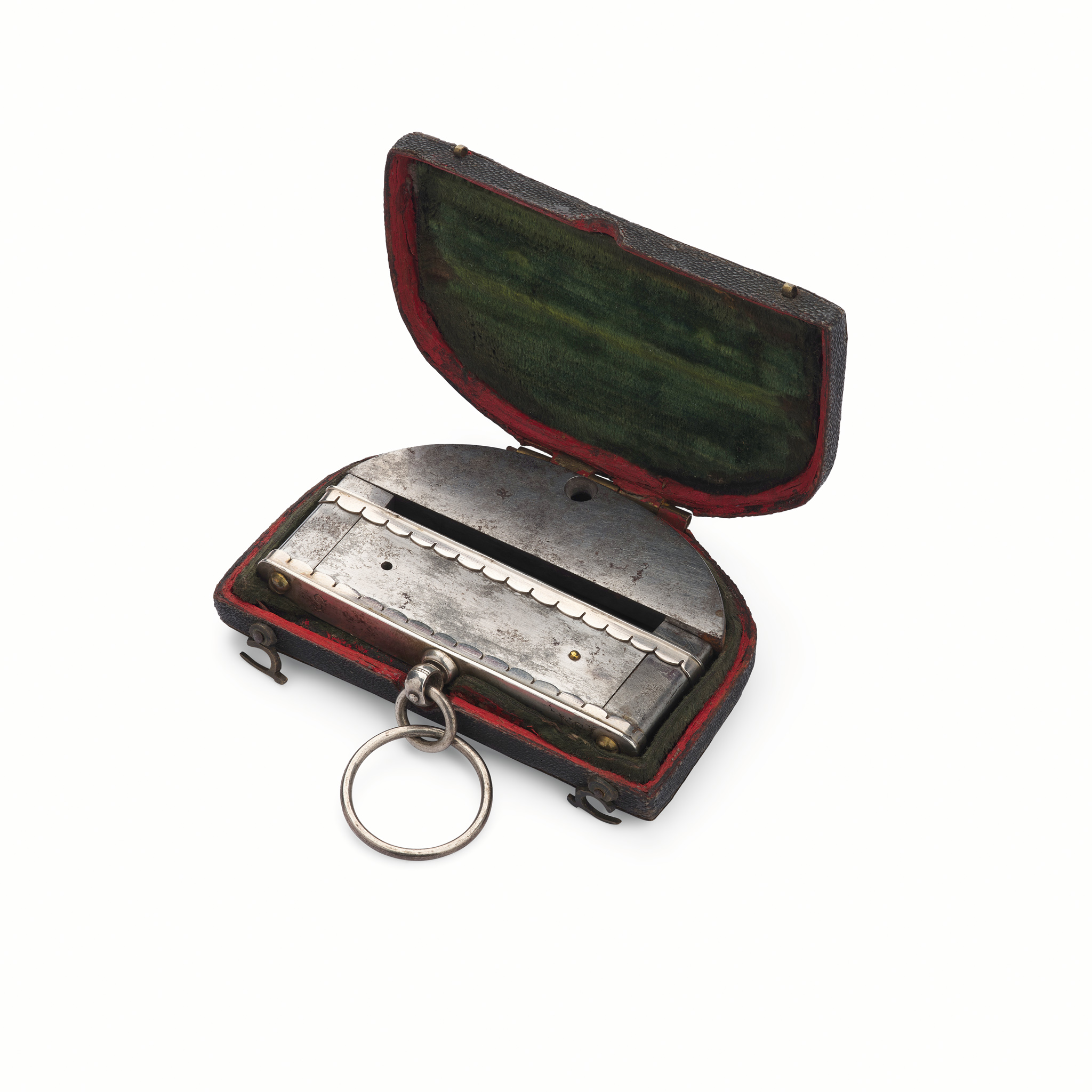
Cased silver-mounted lodestone
Mid-18th century
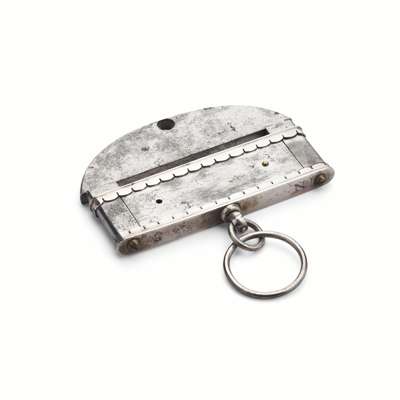
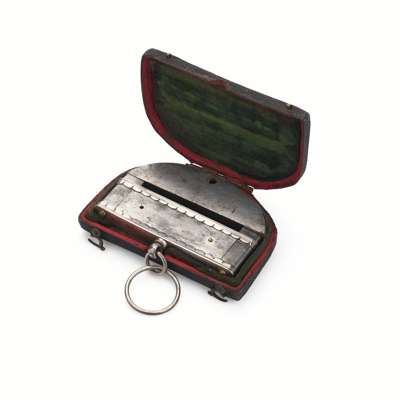


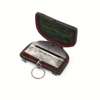
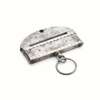
The Library of James Stirling, Mathematician
Auction: 23 October 2025 from 13:00 BST
Description
probably English, formed of three joined magnetised flat iron/steel-like pieces, terminating in two poles, mounted with upper and lower silver plates with scalloped borders, the top flat engraved ‘N’ and ‘S’, rotating on a suspension mount and twin pendant rings of silver, resting on a semi-circular iron/steel-like bar armature (or magnet keeper) drilled with a single hole, mounted inside its original velvet lined ray skin/shagreen case (the case 7.5cm long x 5.5cm wide)
Footnote
Lodestones are naturally occurring magnetised pieces of the mineral magnetite, which can attract iron. Pieces of lodestone, suspended so they could turn, were the first magnetic compasses. Their importance to early navigation is indicated by their name, which in Middle English means ‘course stone’ or ‘leading stone’, from the now-obsolete meaning of lode as ‘journey or way’. It is believed that lodestones acquire their magnetic properties from the intense magnetic fields generated by lightning strikes. They are usually found near the surface of the Earth, rather than buried deep underground, making it more probable they were magnetised by lightning rather than the Earth's relatively weak magnetic field.
The first relatively strong compound magnet was made by Servington Savery of Devon (1670-1744), who published in 1730. The first commercial examples were made ten years later by Gowin (or Gowan) Knight (1713-1772). The design and construction of English compasses/lodestones in the early to mid-18th century were similar for both naturally magnetic lodestones and the early examples of artificial lodestones and permanent magnets beginning to be developed at that time. The present lot maybe an example of an early English artificial lodestone, due to the extreme rarity of examples attributed to Knight and his contemporaries such an attribution remains too speculative.
A near identical example to the present lot is held in the collection of the History of Science Museum, University of Oxford, titled as a ‘Mid 18th century English bar magnet’, Inventory No. 48147, Accession No. ‘1924-0/part'





